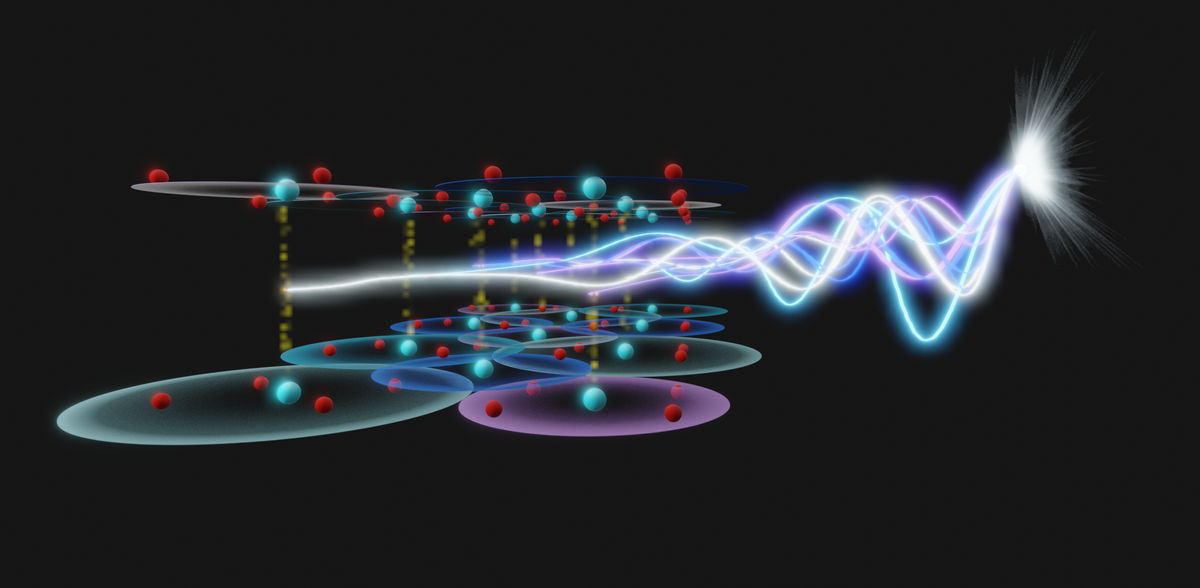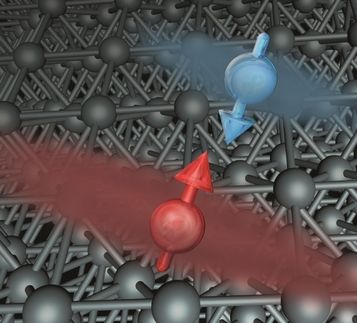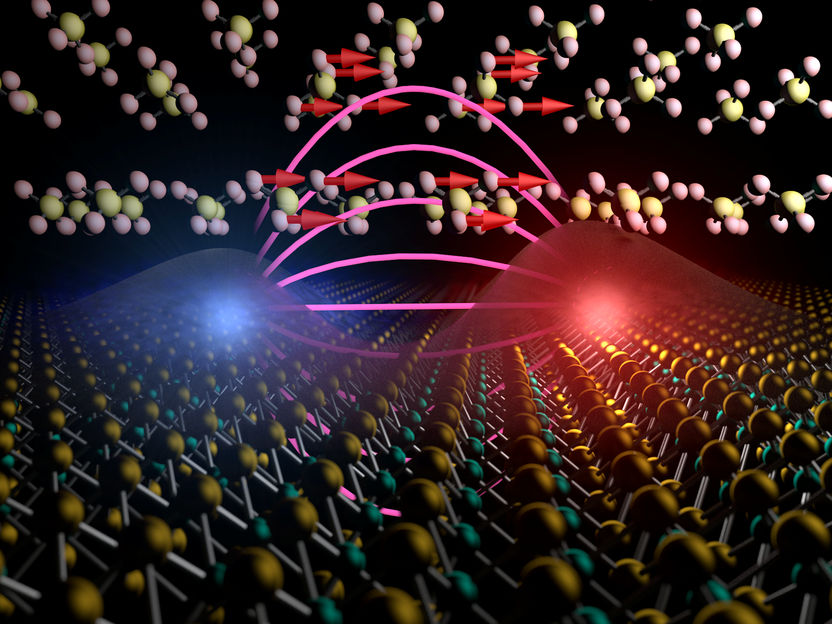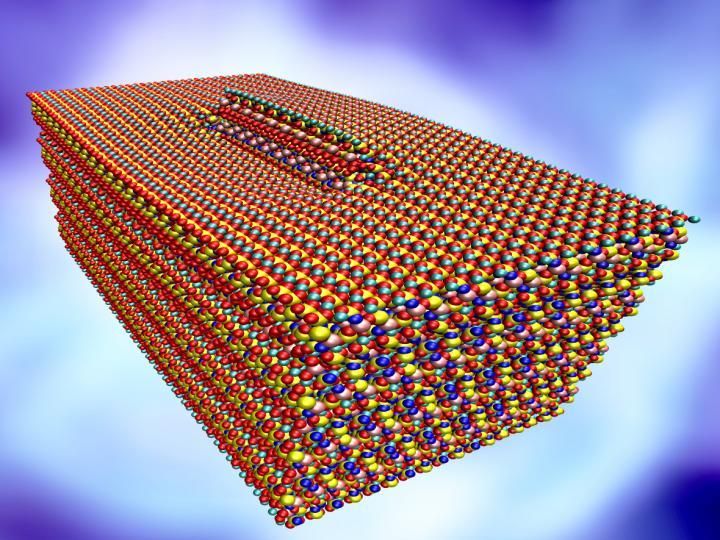Shedding light on superconducting disorder
The importance of disorder in physics is only matched by the difficulty to study it. For example, the remarkable properties of high-temperature superconductors are greatly affected by variations in the chemical composition of the solid. Techniques that enable measurements of such disorder and its impact on the electronic properties, such as scanning tunnelling microscopy, work only at very low temperatures, and are blind to these physics near the transition temperature. Now, a team of researchers of the Max Planck Institute for the Structure and Dynamics of Matter (MPSD) in Germany and Brookhaven National Laboratory in the United States has demonstrated a new way to study disorder in superconductors using terahertz pulses of light. Adapting methods used in nuclear magnetic resonance to terahertz spectroscopy, the team was able to follow the evolution of disorder in the transport properties up to the superconducting transition temperature for the first time. The work by the Cavalleri group has appeared in Nature Physics.
Superconductivity, a quantum phenomenon that allows for electrical current to flow without resistance, is among the most important phenomena in condensed matter physics due to its transformative technological impact. Many materials that become superconducting at so-called ‘high temperatures’ (around -170°C), such as the well-known cuprate superconductors, derive their remarkable properties from chemical doping, which introduces disorder. However, the exact impact of this chemical variation on their superconducting properties remains unclear.
In superconductors, and condensed matter systems more generally, disorder is typically studied with experiments featuring precise spatial resolution, such as by using extremely sharp metallic tips. However, the sensitivity of these experiments restricts their application to liquid helium temperatures, far below the superconducting transition, thereby preventing the study of many fundamental questions related to the transition itself.
Drawing inspiration from ‘multi-dimensional spectroscopy’ techniques initially developed for nuclear magnetic resonance, and later adapted to visible and ultraviolet optical frequencies by chemists studying molecular and biological systems, MPSD researchers extended this class of techniques to the terahertz frequency range, where collective modes of solids resonate. This technique involves sequentially exciting a material of interest with multiple intense terahertz pulses, typically in a collinear geometry in which the pulses travel along the same direction. To investigate the cuprate superconductor La1.83Sr0.17CuO4 — an opaque material that transmits minimal light — the team extended the conventional scheme by implementing two-dimensional terahertz spectroscopy (2DTS) in a non-collinear geometry for the first time, allowing the researchers to isolate specific terahertz nonlinearities by their emission direction.
With this angle-resolved 2DTS technique, the researchers observed that superconducting transport in the cuprate was revived after excitation by the terahertz pulses, a phenomenon they termed ‘Josephson echoes’. Surprisingly, these Josephson echoes revealed that the disorder in superconducting transport was significantly lower than the corresponding disorder observed in the superconducting gap measured by spatially resolved techniques, such as scanning microscopy experiments. Moreover, the versatility of the angle-resolved 2DTS technique enabled the team to measure disorder near the superconducting transition temperature for the first time, finding that it remained stable up to a relatively warm 70% of the transition temperature.
In addition to a deeper understanding of the enigmatic properties of cuprate superconductors, the researchers emphasize that these first experiments open the door to many exciting future directions. Besides applying angle-resolved 2DTS to other superconductors and quantum materials more broadly, the ultrafast nature of 2DTS makes it applicable to transient states of matter too short-lived for conventional probes of disorder.
Original publication
Other news from the department science
Most read news
More news from our other portals
See the theme worlds for related content
Topic World Spectroscopy
Investigation with spectroscopy gives us unique insights into the composition and structure of materials. From UV-Vis spectroscopy to infrared and Raman spectroscopy to fluorescence and atomic absorption spectroscopy, spectroscopy offers us a wide range of analytical techniques to precisely characterize substances. Immerse yourself in the fascinating world of spectroscopy!

Topic World Spectroscopy
Investigation with spectroscopy gives us unique insights into the composition and structure of materials. From UV-Vis spectroscopy to infrared and Raman spectroscopy to fluorescence and atomic absorption spectroscopy, spectroscopy offers us a wide range of analytical techniques to precisely characterize substances. Immerse yourself in the fascinating world of spectroscopy!
































































